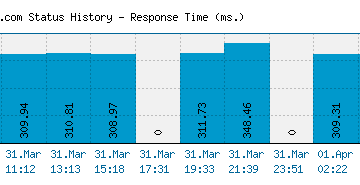The Rising Trends of Invasion in a Changing World

Introduction
In recent years, the concept of invasion has evolved, shifting from historical connotations of military affronts to encompass various forms of encroachment, including territorial disputes and cyber invasions. Understanding these modern invasions is critical for comprehending current geopolitical dynamics, international relations, and societal shifts.
Current Trends in Invasion
The world has witnessed several significant invasions and territorial disputes in recent years that have altered the geopolitical landscape. For instance, Russia’s annexation of Crimea in 2014 marked a drastic shift, prompting widespread condemnation and sanctions from Western nations. This invasion not only heightened tensions in Eastern Europe but also no longer represents a singular military engagement but adds to a broader narrative of hybrid warfare, demonstrating how conventional tactics intertwine with cyber warfare and propaganda.
Moreover, the rise of proxy wars and territorial claims in the South China Sea highlights the competition between China and several Southeast Asian countries, significantly altering maritime laws and economic rights in the region. China’s insistence on its historical claims has led to confrontations with the Philippines, Vietnam, and others, demonstrating how invasion-related tensions extend beyond direct military action and evolve into economic strain and political destabilisation.
Cyber Invasions: A New Frontier
In the 21st century, the term invasion also applies to the digital realm as incidents of cyber invasions grow in prevalence. Cyber-attacks from state-sponsored actors have increasingly been labelled as intrusive invasions of a nation’s sovereignty. For example, recent attacks attributed to Russian hackers targeting the United States’ election infrastructure raised alarms around the world, underscoring the vulnerabilities of democratic institutions and the potential for foreign manipulation. This shift highlights the necessity for nations to bolster their cybersecurity protocols in order to defend against both traditional and non-traditional invasion methods.
Conclusion
Invasions, whether they occur through military might or cyber tactics, continue to shape the framework of global relations. As nations grapple with evolving threats, understanding the implications of these invasions is paramount for policymakers and citizens alike. With the international community becoming increasingly interconnected, vigilance against new forms of invasion is essential to safeguarding national interests and maintaining global stability.









